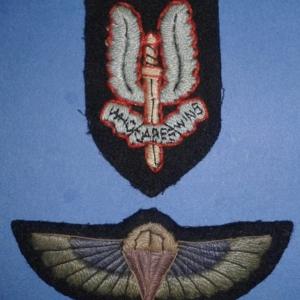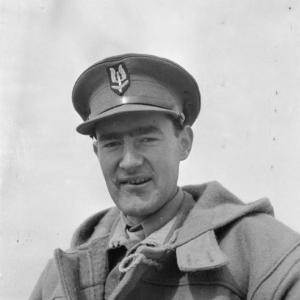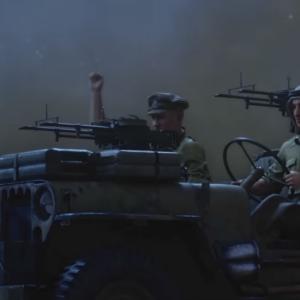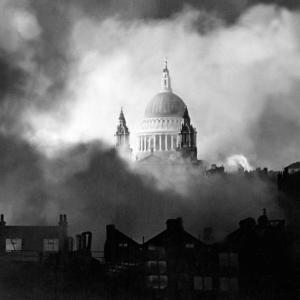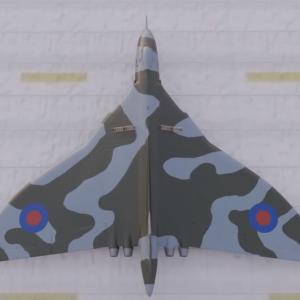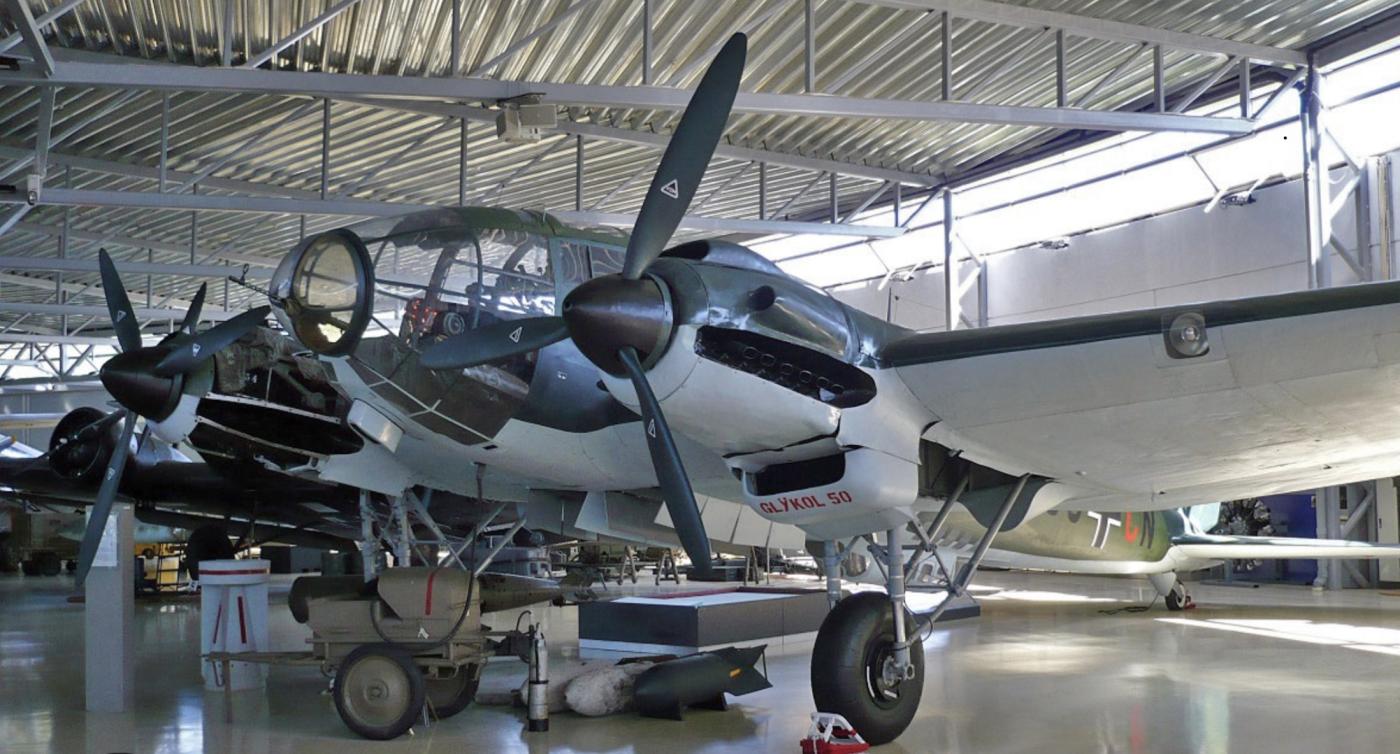
Heinkel He 111
The Heinkel He 111 was one of the most recognizable and widely used German bombers during World War II, particularly noted for its significant role in the early phases of the conflict, including the Battle of Britain. Developed in Germany in the early 1930s, the He 111 began its life as a civilian airliner, disguised as such to comply with the restrictions of the Treaty of Versailles, though it was always intended to be a medium bomber for the Luftwaffe. Its sleek, modern appearance, characterized by its distinctive glazed nose and smooth lines, made it seem almost futuristic when it first flew.
The aircraft was designed by the Heinkel Flugzeugwerke company, under the leadership of chief designer Siegfried Günter. The first prototype flew in February 1935. It was powered initially by BMW VI engines, but later variants used more powerful Daimler-Benz DB 601 and Junkers Jumo 211 engines, the latter becoming standard in most wartime versions. The He 111 was built primarily at Heinkel’s own facilities, although other German manufacturers like Arado, Junkers, and Norddeutsche Dornier Werke were involved in its production during peak war years. In total, approximately 6,500 Heinkel He 111s were built, though exact figures vary slightly depending on source and variant classification.
During the Battle of Britain in the summer and autumn of 1940, the He 111 was one of the Luftwaffe's three main medium bombers, alongside the Dornier Do 17 and Junkers Ju 88. It was used extensively in day and night raids against British targets, from RAF airfields and radar installations to cities and industrial centers. Although considered rugged and capable of absorbing damage, the He 111 was vulnerable when faced with determined RAF fighter opposition, particularly from the faster and more agile Spitfires and Hurricanes. Its defensive armament was limited in comparison to Allied bombers that came later in the war, and it often suffered heavy losses when operating without sufficient fighter escort.
The standard crew for the Heinkel He 111 typically consisted of five to six men, depending on the variant and mission profile. These included a pilot, a navigator/bombardier, a radio operator, and two or three gunners. In the early models, the bombardier would lie prone in the aircraft's nose section, which offered excellent visibility. Later versions featured a fully glazed, asymmetrical nose canopy that improved forward vision and housed both the pilot and bombardier.
In terms of firepower, the early He 111 variants were equipped with a relatively modest array of defensive machine guns, usually consisting of three 7.92 mm MG 15 machine guns—one in the nose, one in a dorsal (top) position, and one ventral (belly) gun to defend against attacks from below. As the war progressed and combat experience showed the aircraft’s vulnerability, later variants were upgraded with additional gun positions and heavier armament, including the 13 mm MG 131 and 20 mm MG FF/M cannon, though these upgrades never fully resolved the aircraft’s defensive shortcomings. The bomb load varied by version but was typically around 2,000 kg, carried internally in vertical racks. Later models could also carry bombs externally under the wings to increase payload capacity, though this increased drag and reduced performance.
Despite its shortcomings, the Heinkel He 111 played a vital role in the Luftwaffe’s strategic bombing efforts during the early war years. During the Battle of Britain, it formed the backbone of the German bombing offensive. However, its limitations became increasingly apparent, particularly in speed and defensive capability, leading to growing losses against the improving coordination and tactics of RAF Fighter Command. Nevertheless, the He 111 remained in frontline service until the end of the war, being adapted for roles such as glider tug, torpedo bomber, and even missile carrier for the V-1 flying bomb late in the conflict. Though outclassed by later aircraft, its historical impact remains significant as a symbol of Germany’s early air war ambitions.

